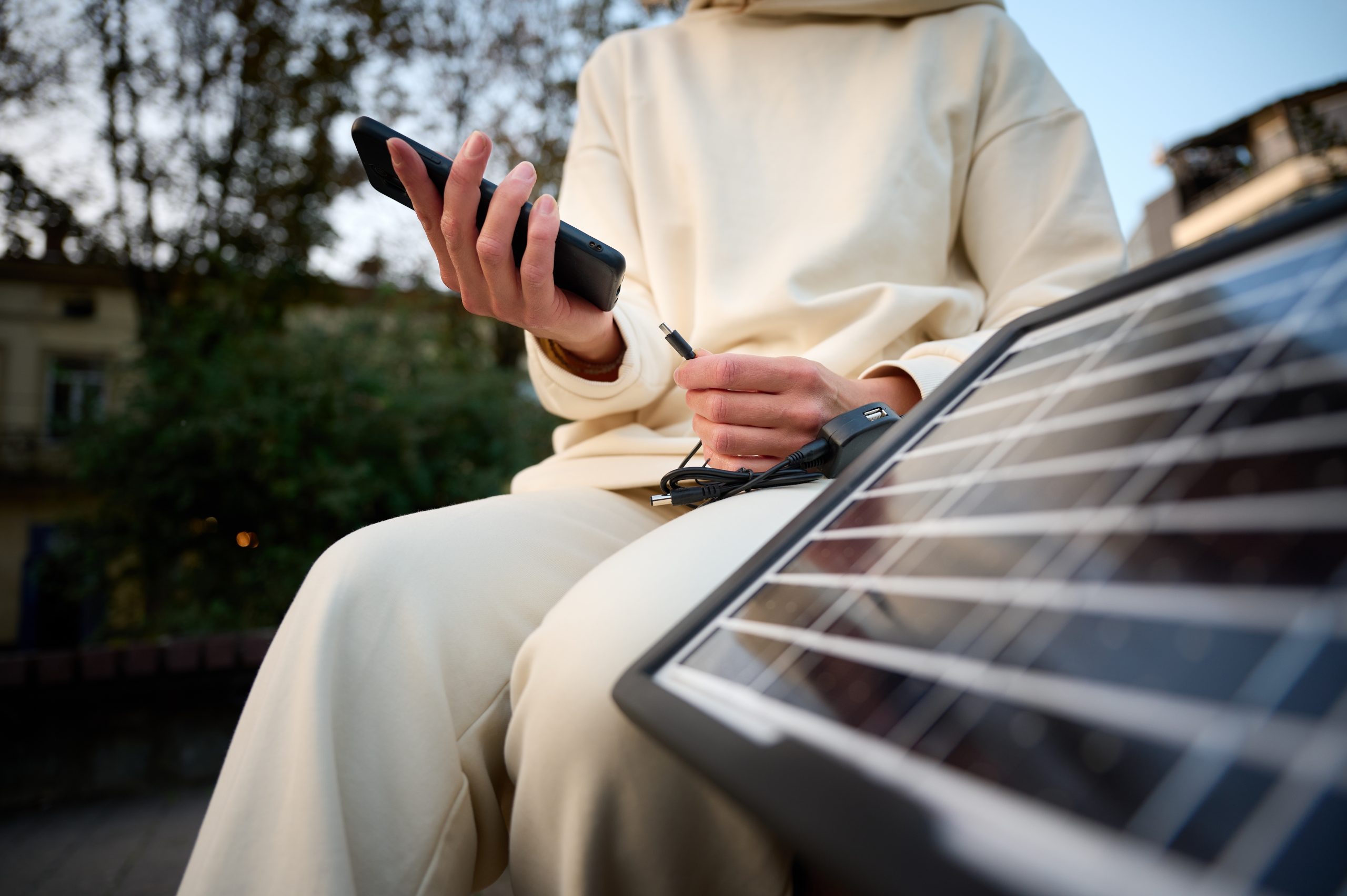Living off the grid has become an increasingly popular lifestyle choice for those seeking independence, sustainability, and a closer connection to nature. To make off-grid living comfortable and self-sufficient, one of the most important aspects to consider is your energy source. Renewable energy options are ideal for off-grid homes because they’re sustainable, cost-effective over time, and environmentally friendly. Here’s a guide to the best renewable energy sources for off-grid living, along with practical tips, tricks, and insights to help you make the right choice.
1. Solar Power: Harnessing the Power of the Sun
Solar power is one of the most common renewable energy sources for off-grid living, and for good reason. With the right setup, solar panels can provide a reliable source of electricity year-round, especially if you live in an area with consistent sunlight.
Tip: Start by calculating your energy needs so you know how many solar panels you’ll need. Make a list of the appliances, devices, and systems you plan to use and their energy consumption. This will help you size your solar system properly.
Insight: Solar energy is most effective in areas with plenty of sunshine, but even in regions with less consistent sunlight, solar power can still be a viable option if combined with battery storage. Battery banks store excess energy generated during sunny days for use during cloudy periods or at night, ensuring you always have power.
Trick: To maximize the efficiency of your solar panels, install them in areas that get the most direct sunlight. Regular cleaning and maintenance are also important to keep them operating at peak performance.
2. Wind Power: A Strong Alternative in Windy Areas
If you live in an area that experiences strong, consistent winds, wind power is another excellent renewable energy source for off-grid living. Wind turbines generate electricity by harnessing the kinetic energy of the wind, making it a great complement to solar power, especially in places where sunshine may be scarce but winds are strong.
Tip: Small-scale wind turbines are ideal for off-grid homes. To assess whether wind power is right for your location, measure your average wind speed. For most wind turbines, an average wind speed of at least 10-12 miles per hour is necessary for efficient operation.
Insight: Wind power works best in open areas, free from obstructions like trees or buildings that could block or disrupt the wind flow. Consider combining wind power with solar panels to balance out energy production throughout the year, as wind and sun tend to peak at different times.
Trick: If you’re worried about aesthetics or noise, look for low-noise turbines or vertical-axis wind turbines, which are often quieter and more compact than traditional horizontal-axis models.
3. Hydropower: Tapping Into Flowing Water
If your off-grid property is near a running stream, river, or waterfall, hydropower is a highly efficient and reliable renewable energy option. A small hydroelectric system can generate a consistent flow of energy day and night, making it one of the most dependable sources of renewable energy.
Tip: The feasibility of hydropower depends on the flow rate and the head (the vertical distance the water falls). You’ll need both a good water flow and enough head to generate sufficient energy. A micro-hydro system could be a perfect fit for properties with these features.
Insight: Hydropower is incredibly efficient because it provides a continuous power supply, unlike solar and wind, which are dependent on the weather. This makes it an excellent primary energy source for off-grid living, particularly in regions with consistent water flow.
Trick: To minimize environmental impact, ensure your hydro system doesn’t disrupt local wildlife or waterways. Use fish-friendly designs or run-of-the-river systems, which generate power without damming the river or drastically altering the natural environment.
4. Biomass: Renewable Energy From Organic Materials
Biomass energy involves using organic materials—such as wood, agricultural waste, or dedicated energy crops—to generate heat or electricity. For off-grid homes, biomass can be a great way to produce energy, particularly for heating purposes. Wood stoves or biomass boilers can provide heat during the colder months, while larger systems can generate electricity.
Tip: If you have access to a sustainable source of wood or organic material, biomass energy can be a reliable, renewable solution. Just make sure your fuel source is replenished naturally or grown sustainably to keep it eco-friendly.
Insight: Biomass is best used as a supplementary energy source alongside solar or wind power. While it’s excellent for generating heat or cooking, it may not always be the most efficient method for generating large amounts of electricity.
Trick: Look into pellet stoves or more advanced biomass boilers, which burn organic material more efficiently and with lower emissions than traditional wood stoves. These systems can be automated to regulate the heat and require less manual intervention.
